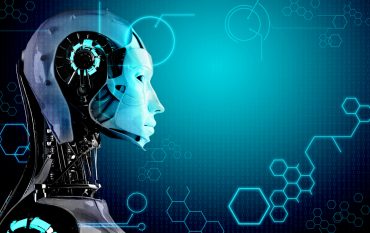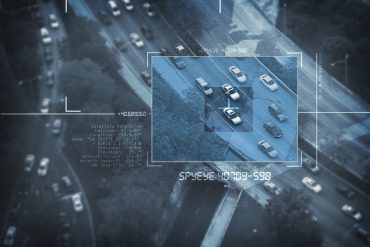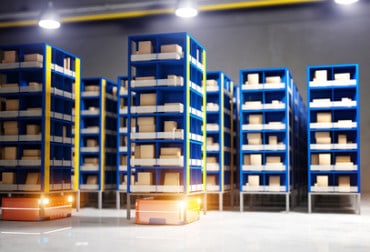
While the industrial revolution of connectivity is a work in progress, Internet of Things technologies continue to drive progress and changes everywhere.
The Internet of Things (IoT) is driving significant and impactful change in the digital age across verticals markets. While IoT devices can be found throughout our homes—to listen to music, turn on lights or even cook a meal— the number of IoT devices that are being deployed across industrial environments is also growing simultaneously. IoT has become seemingly essential to create efficiencies and improve lives globally, and with this comes the need for organizations to pivot and adapt to technological advances to stay relevant, competitive, and effective.
See also: Internet of Things Begins to Prove Itself to the Business
Each application is unique and may require different forms of IoT connectivity – whether that be 5G, BLE, LoRa, or Wi-Fi – and it’s important for organizations to understand and weigh the pros and cons of each technology before deploying to ensure they’re receiving proper connectivity. For example, LoRa is ideal for deployments that require low battery consumption, long-range, and seamless Cloud integration but isn’t ideal for applications requiring high data rates or lower latency. 5G, on the other hand, offers a software-designed core network, higher data rates, and lower latency. However, it is costly and can be complex to deploy. While Wi-Fi offers limited security and coverage range, it’s a simplified, cost-efficient deployment and can offer open roaming.
It’s expected that by 2026, the global IoT market will reach a value of $1.4 billion. This growing adoption is said to be “fueling the next industrial revolution of connectivity,” shifting the way industries and organizations approach processes and systems with efficiencies and downtime top of mind. From smart building and asset tracking applications to the COVID-19 pandemic, IoT technology has played an instrumental role in addressing the needs of organizations everywhere.
Smart Buildings
Smart buildings have become a high demand in recent years, and the Internet of Things solutions have pushed property and facility managers to reevaluate their approaches and business models to ensure they’re taking advantage of this growing technology market. By deploying IoT solutions, businesses can equip properties with services that reduce maintenance and operating costs resulting in safer, more efficient environments. More specifically, the technology can be leveraged to help track energy use, monitor for potential damages like water leaks, and reduce inefficiencies throughout the building. Due to scalability, easy deployment, and real-time monitoring, IoT technology is helping managers ensure compliance with green building initiatives by optimizing energy use and driving down associated costs.
Internet of Things and Asset Tracking
IoT solutions make the process of monitoring cargo, vehicles, and other assets easier over large geographic regions and within harsh environments. One of the important challenges that some IoT solutions can solve is the visibility and traceability of assets across a larger portion of the supply chain that extends from indoor to outdoor environments and even across a metropolitan area using a single technology. This is something that’s particularly valuable if assets are in transit from one factory to another and traveling a long distance over lengthy periods of time. By implementing IoT-enabled sensors, assets can be monitored while in motion with real-time location tracking capabilities from shipping to delivery.
COVID-19
Leveraging the Internet of Things technologies to aid in the fight against the COVID-19 pandemic has been crucial. IoT is enabling public safety solutions like contact tracing, ensuring healthcare regulation and compliance in the workplace while addressing the needs of medical professionals. IoT-enabled wristbands and lanyards that include proximity sensors have been leveraged to track student or employee whereabouts during the school or workday. The wearable devices can monitor whether two individuals have been within 6 feet of each other and communicate that data to a central gateway. Should there be a potential outbreak within the school or office building, the appropriate staff in charge can refer to the data and notify those who are at potential risk. Additionally, IoT-enabled predictive cleaning solutions are helping students return to school and employees return to work safely. IoT-connected devices that are deployed across a building can notify staff when soap dispensers need to be refilled, hand towels need to be replenished, or when specific areas need to be cleaned. The devices offer easy installation and can monitor in real time to ensure there isn’t any lapse in building cleanliness.
As IoT technology continues to evolve, businesses and organizations are progressing with it, taking advantage of the opportunity to develop more efficient and effective processes. While the “industrial revolution of connectivity” may be a work in progress, IoT technologies will continue to drive progress and change everywhere.





























